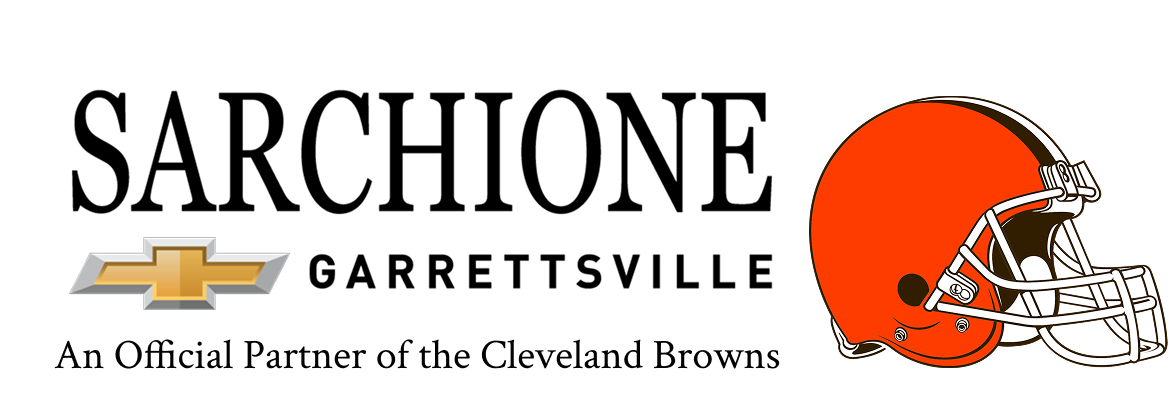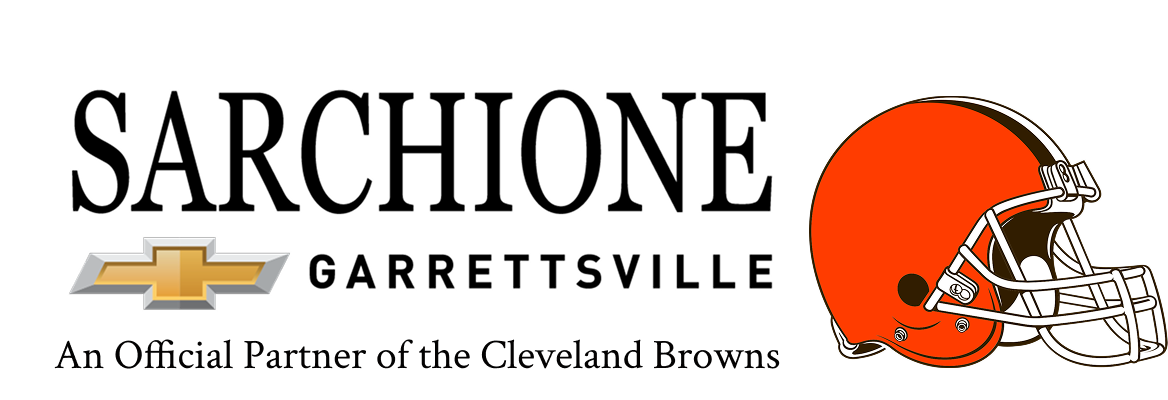Keeping your tires at the right pressure improves safety, handling, and ride quality. Drivers often ask how to check Chevy tire pressure, especially during seasonal changes or before a long drive.
At Sarchione Chevrolet of Garrettsville, we inspect tire pressure every time a vehicle comes in for service. That helps protect fuel efficiency and avoid uneven wear across all four tires. If you're driving one of our new Chevrolet models, the TPMS can help you monitor pressure, but visual checks and regular inspections still matter.
How To Check Chevy Tire Pressure Properly
Tire pressure shifts with weather, road conditions, and time. Even tires that look fine can be underinflated or overinflated. The right time to check pressure is before driving while the tires are still cold. That gives the most accurate reading and avoids inflated numbers caused by heat buildup on the road.
Use the recommended PSI rating printed on the driver’s door jamb, not the number molded on the tire sidewall. That rating matches the suspension, load balance, and steering geometry for each Chevy model. Checking the pressure against this standard helps avoid problems with traction and tire wear.
Most newer Chevrolet vehicles come with a Tire Pressure Monitoring System. If that light turns on, it means one or more tires dropped below the required level. Still, that warning system only alerts when pressure drops significantly. We recommend having tires inspected even if the light goes off shortly after turning on. That often signals a slow leak or temperature fluctuation that needs attention.
Why Tire Pressure Matters Year‑Round
Underinflated tires cause increased friction, which leads to heat buildup and faster tread wear. That reduces fuel efficiency and puts extra strain on the engine. Over time that can lead to premature tire failure or uneven tread patterns. Overinflated tires ride stiff and lose contact with the road under hard braking or cornering. That creates longer stopping distances and poor handling.
Cold weather causes pressure to drop. For every ten degrees the temperature falls, you lose about one PSI. That adds up quickly during winter months, especially in Ohio where temperatures can change overnight. On the other hand, summer heat causes pressure to rise. If your tires were already at the upper limit, that extra pressure could push them beyond the safe range.
Checking the pressure once a month gives you control over performance and safety. If the readings change too often, it might point to a slow leak or valve issue. Small shifts are normal with temperature swings, but consistent pressure loss means a technician should inspect for damage or wear.
Let Our Service Team Handle It
Our technicians use professional tools to check pressure and inspect tires during every visit. If you’re not sure where the correct PSI rating is listed or if the TPMS light keeps coming on, we’ll take care of it. You can schedule a service with us anytime and we’ll make sure everything rides the way it should. At Sarchione Chevrolet of Garrettsville, we help drivers get the most out of their tires with accurate service and real support.


